Success Criteria Generator - Customized Learning Criteria
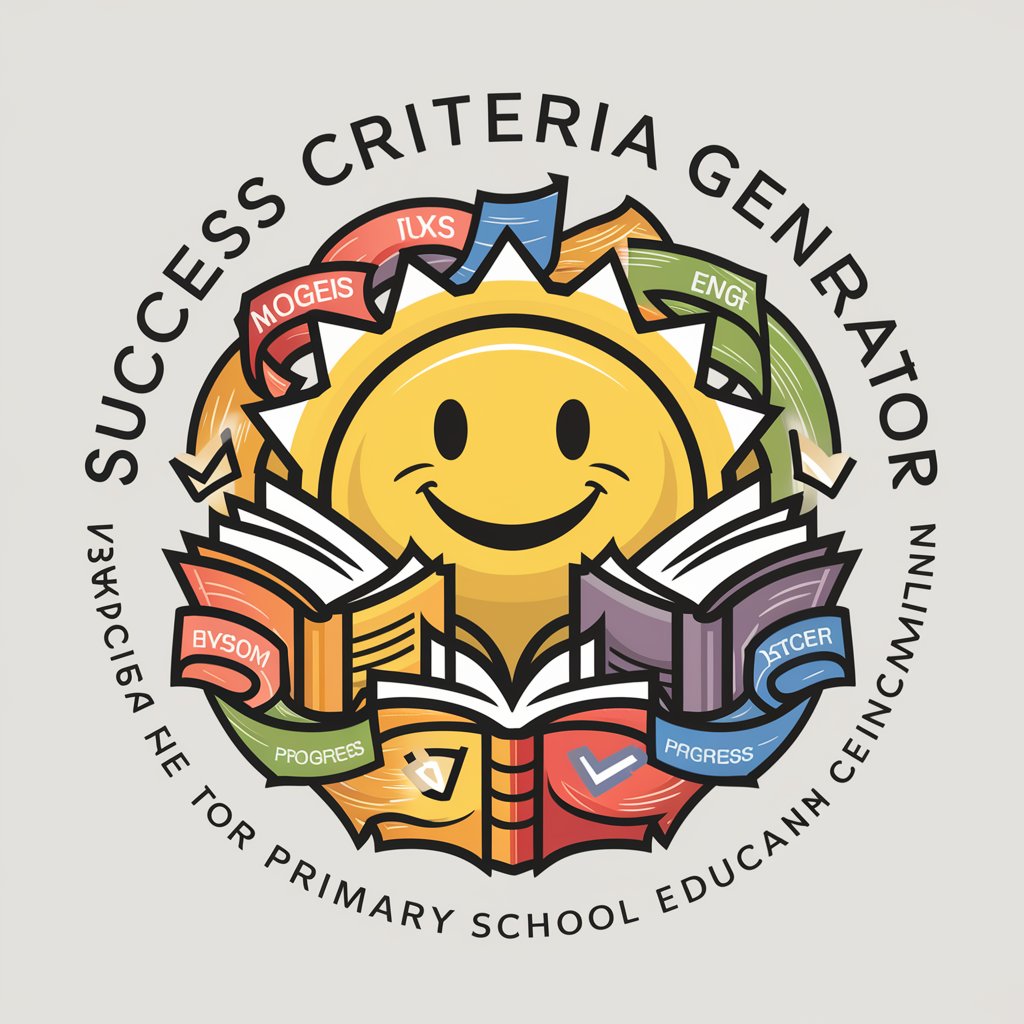
Welcome to the Success Criteria Generator!
Tailoring Success in Education with AI
Enter the learning objective for your lesson:
What is the grade level for this lesson?
Which subject is this lesson focused on?
Is there any other relevant information that will help tailor the success criteria?
Get Embed Code
Introduction to Success Criteria Generator
The Success Criteria Generator is a specialized tool designed to aid educators, specifically within primary education, in creating structured and differentiated success criteria for their lessons. These criteria are aligned with the International Baccalaureate (IB) curriculum and incorporate elements of the English National Curriculum, ensuring a broad and balanced educational framework. The tool categorizes success criteria into four levels: Bronze, Silver, Gold, and Platinum. Each level corresponds to the cognitive demand based on Bloom's Taxonomy, starting from basic knowledge and comprehension in Bronze to the application, analysis, synthesis, and evaluation in the higher levels. This progression allows educators to tailor their lessons to meet the diverse needs of their students, ensuring that all learners are challenged and supported appropriately. For instance, in a lesson on fractions, Bronze criteria might involve identifying simple fractions, Silver could involve comparing fractions, Gold might require adding or subtracting fractions, and Platinum could involve solving real-life problems using fractions. Powered by ChatGPT-4o。

Main Functions of Success Criteria Generator
Differentiation of Learning Objectives
Example
Creating success criteria for a science lesson on plant life cycles.
Scenario
An educator can use the tool to design criteria that cater to varying levels of understanding among students. Bronze level might involve students identifying different stages of a plant's life cycle, while Platinum could challenge students to design an experiment to observe these stages in real time.
Alignment with Educational Standards
Example
Developing success criteria for a mathematics lesson on geometry.
Scenario
The tool helps ensure that the success criteria align with both the IB curriculum and the English National Curriculum by incorporating specific standards and learning objectives into the criteria, such as understanding shapes and their properties at different levels.
Engagement and Motivation
Example
Setting success criteria for an English lesson on creative writing.
Scenario
By offering differentiated levels of achievement, the tool motivates students to aim for higher levels of understanding and application, encouraging them to engage more deeply with the lesson content. Bronze criteria might involve writing a simple story, while Platinum could challenge students to incorporate complex literary techniques.
Ideal Users of Success Criteria Generator
Primary Education Teachers
Educators teaching within the IB framework or incorporating elements of the English National Curriculum will find the tool invaluable for designing lessons that cater to a range of abilities and learning styles, ensuring that all students are engaged and challenged.
Curriculum Planners
Curriculum planners and coordinators looking to standardize lesson planning and success criteria across grades or schools can use the tool to ensure consistency and alignment with educational standards, while still allowing for teacher autonomy and creativity.
Special Education Needs Coordinators (SENCOs)
SENCOs can utilize the tool to create bespoke success criteria for students with special educational needs, ensuring that these students also have clear, achievable goals that are aligned with their learning plans and the broader curriculum.

How to Use Success Criteria Generator
1
Start by accessing the tool for a no-cost trial directly on yeschat.ai, no ChatGPT Plus subscription or sign-in required.
2
Input your specific learning objective for the lesson you're planning, ensuring it's clear and concise.
3
Specify the grade level and subject matter to tailor the success criteria accurately to your students' needs.
4
Provide any additional relevant information that might impact the creation of differentiated success criteria, such as specific educational standards or unique classroom dynamics.
5
Review and adjust the generated criteria across Bronze, Silver, Gold, and Platinum levels to best match your educational goals and students' capabilities.
Try other advanced and practical GPTs
myPDFresearch Tool
Empowering research with AI innovation.
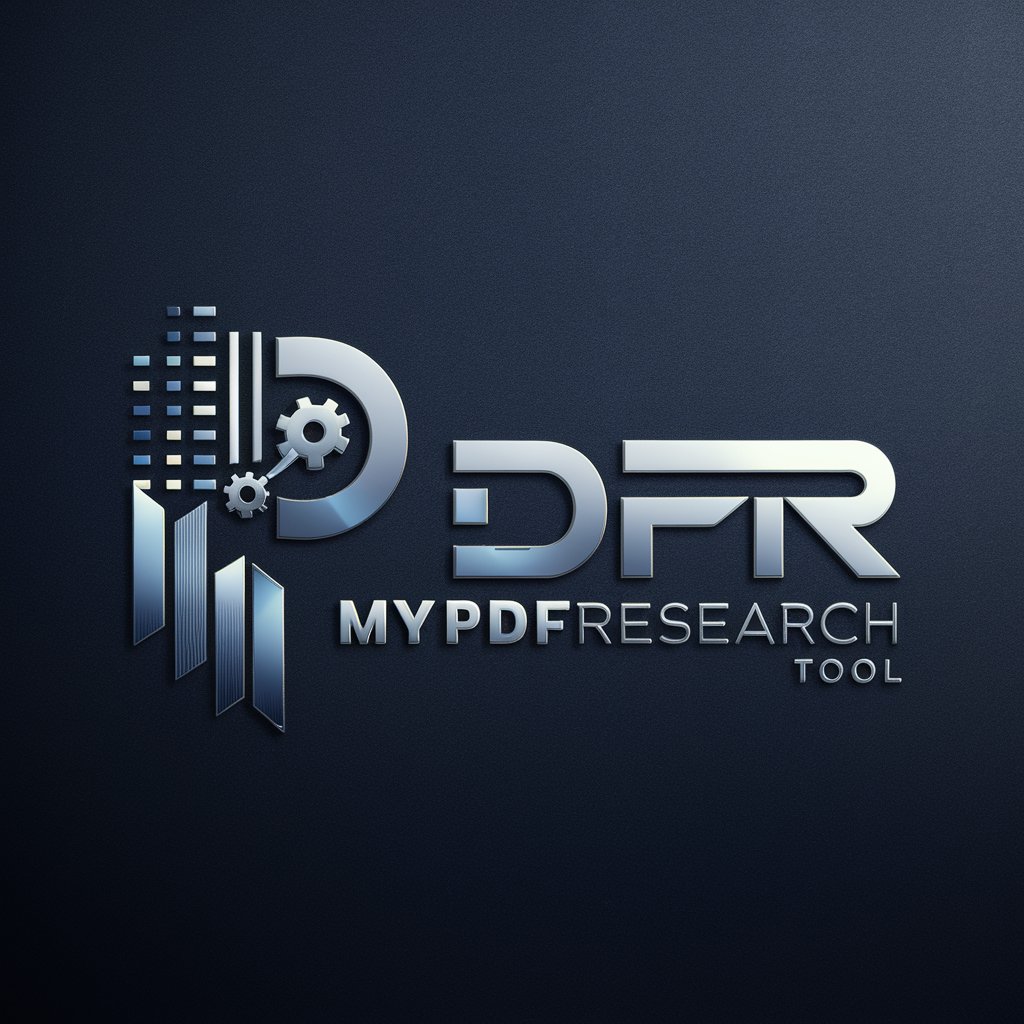
Harry Potter Hogwarts Sorting Hat
Discover Your Hogwarts House with AI
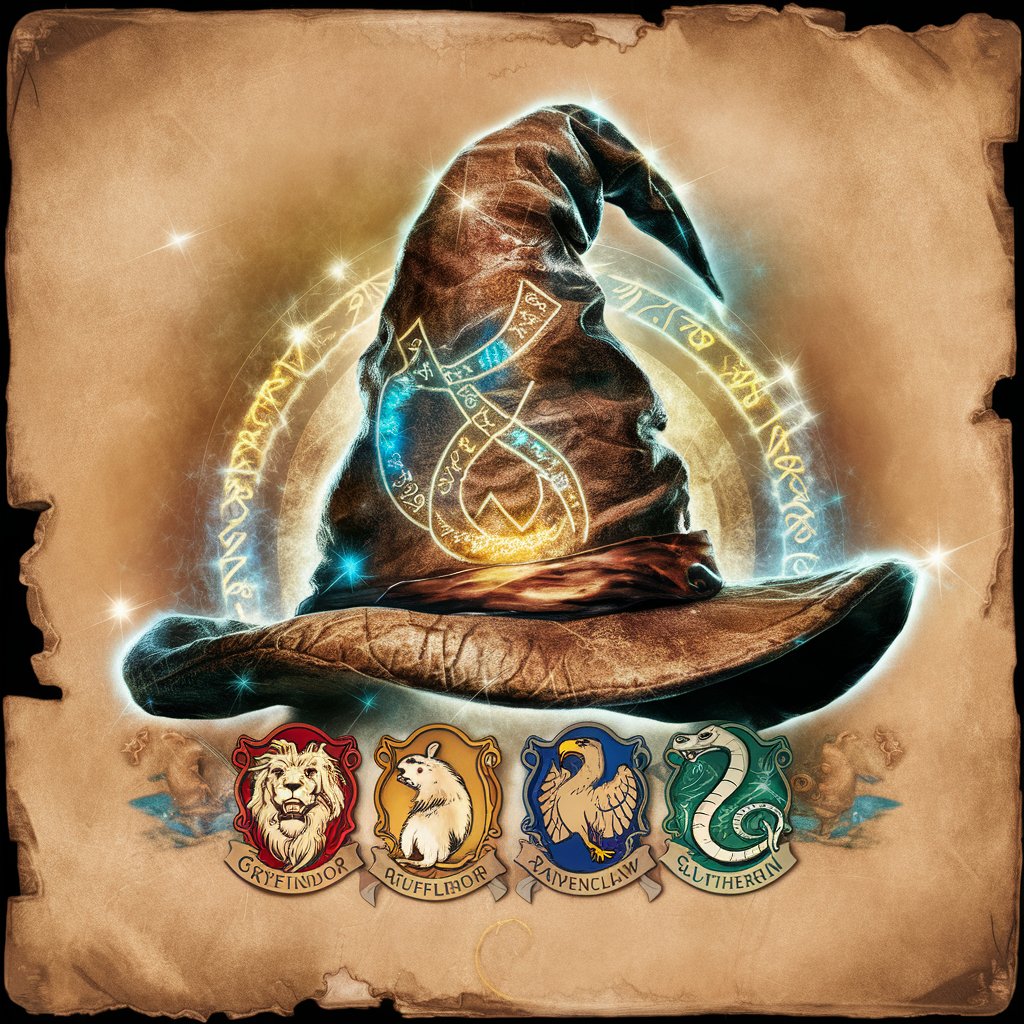
PósCiênciasExatasEDaTerraBR
Empowering Your Research with AI

顾问 CS
Elevate Your Game with AI-Powered CS Insights
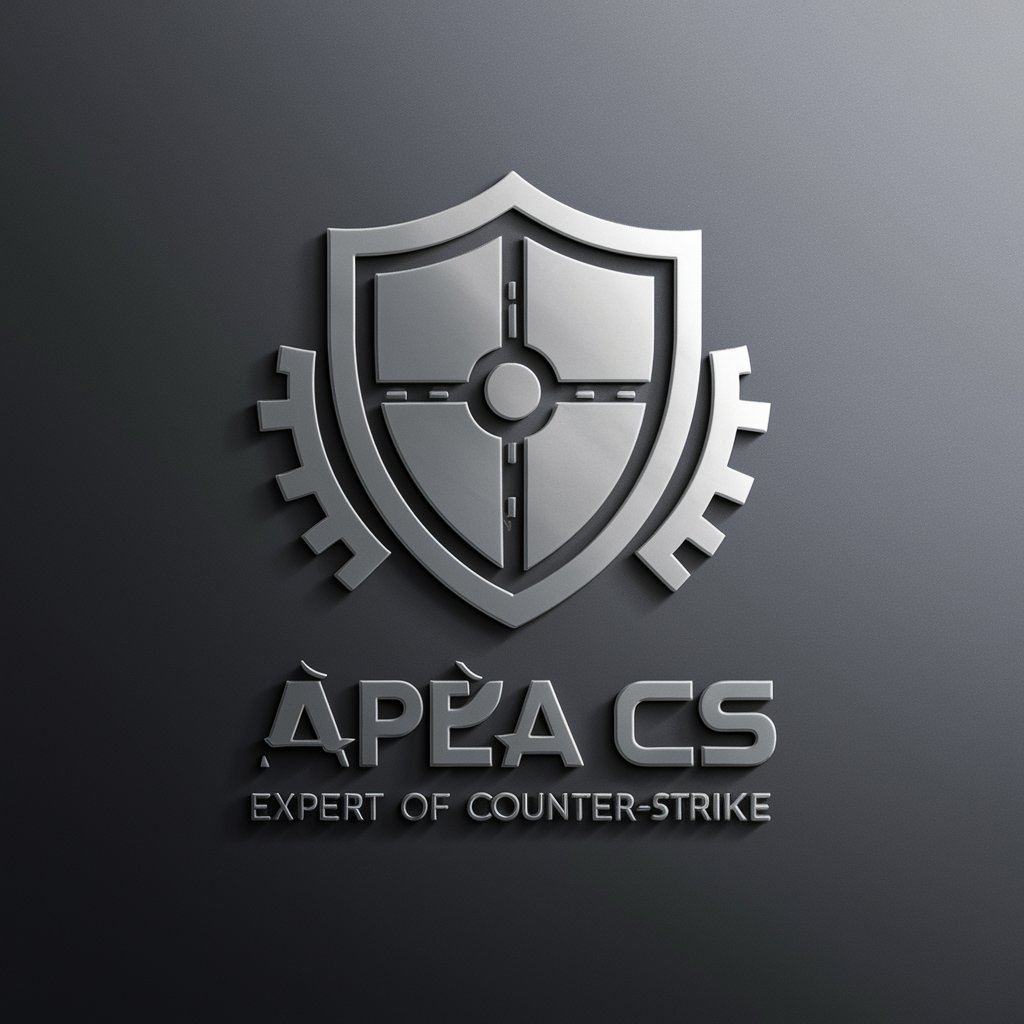
Plain Text To HTML Tags By SmartGPTs
Transform text to HTML effortlessly with AI.
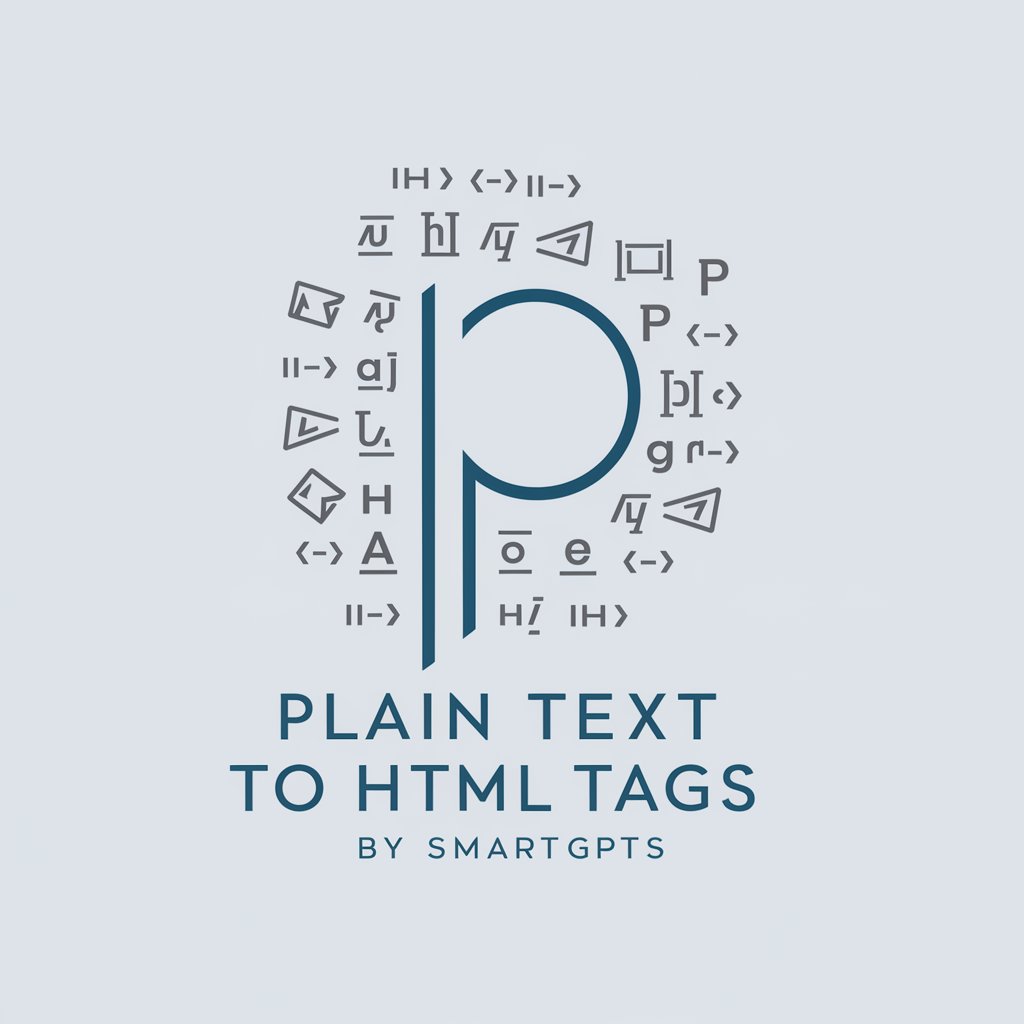
Sherlock Holmes
Unravel complexities with AI-powered analysis.

健康とウェルネスプログラムガイド
Empowering your wellness journey with AI
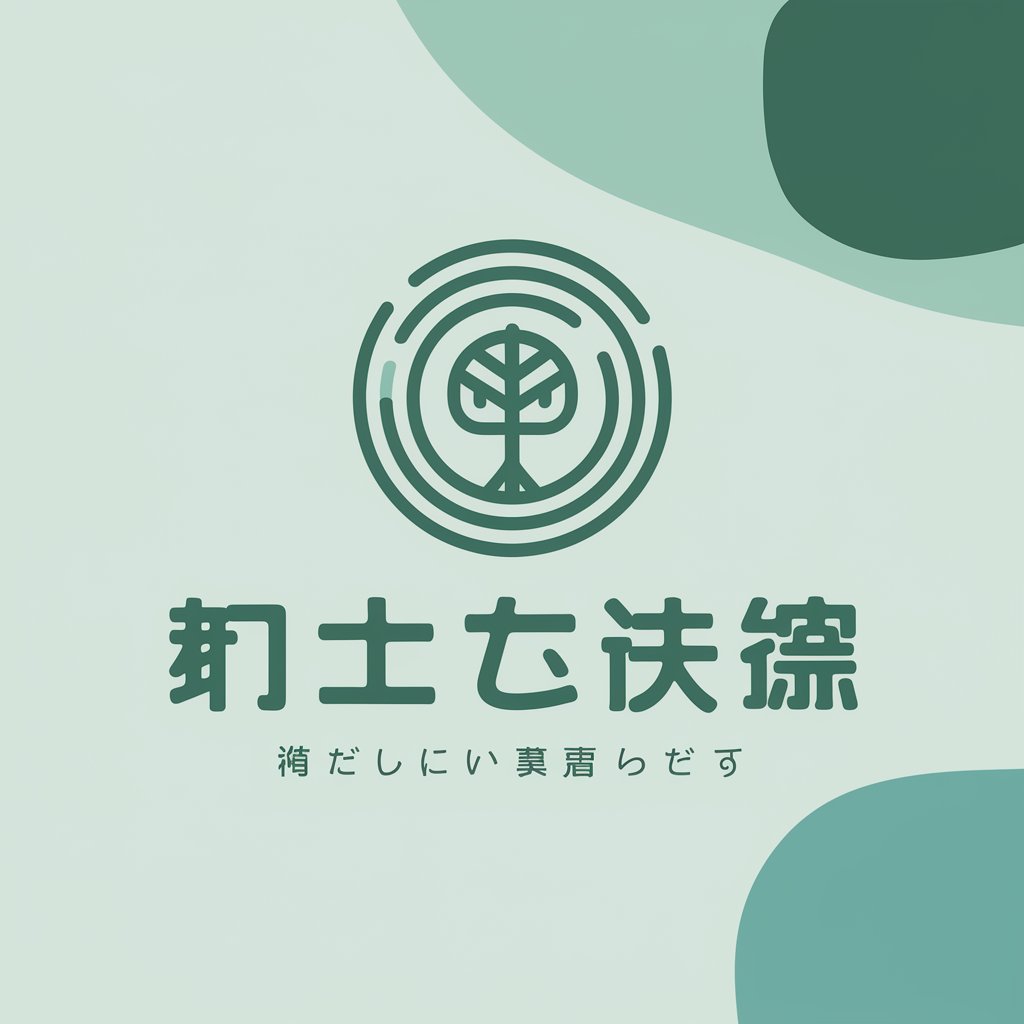
Lead Learning
Simplifying learning with AI power.

Global History Guide
Revive history with AI-powered insights
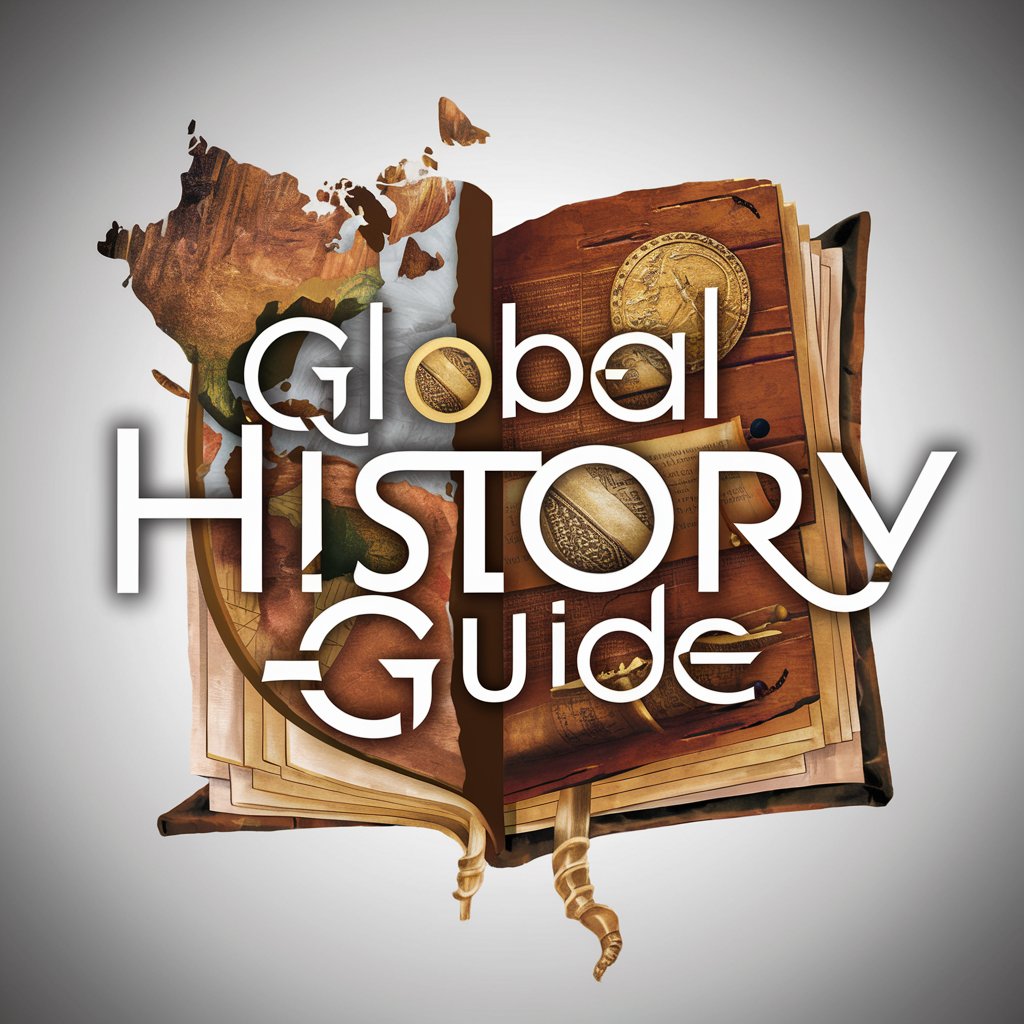
Stellplatz - Wert ermitteln
AI-powered parking space valuation at your fingertips

Cold Feat
Dive into wellness with AI-powered cold plunging advice.
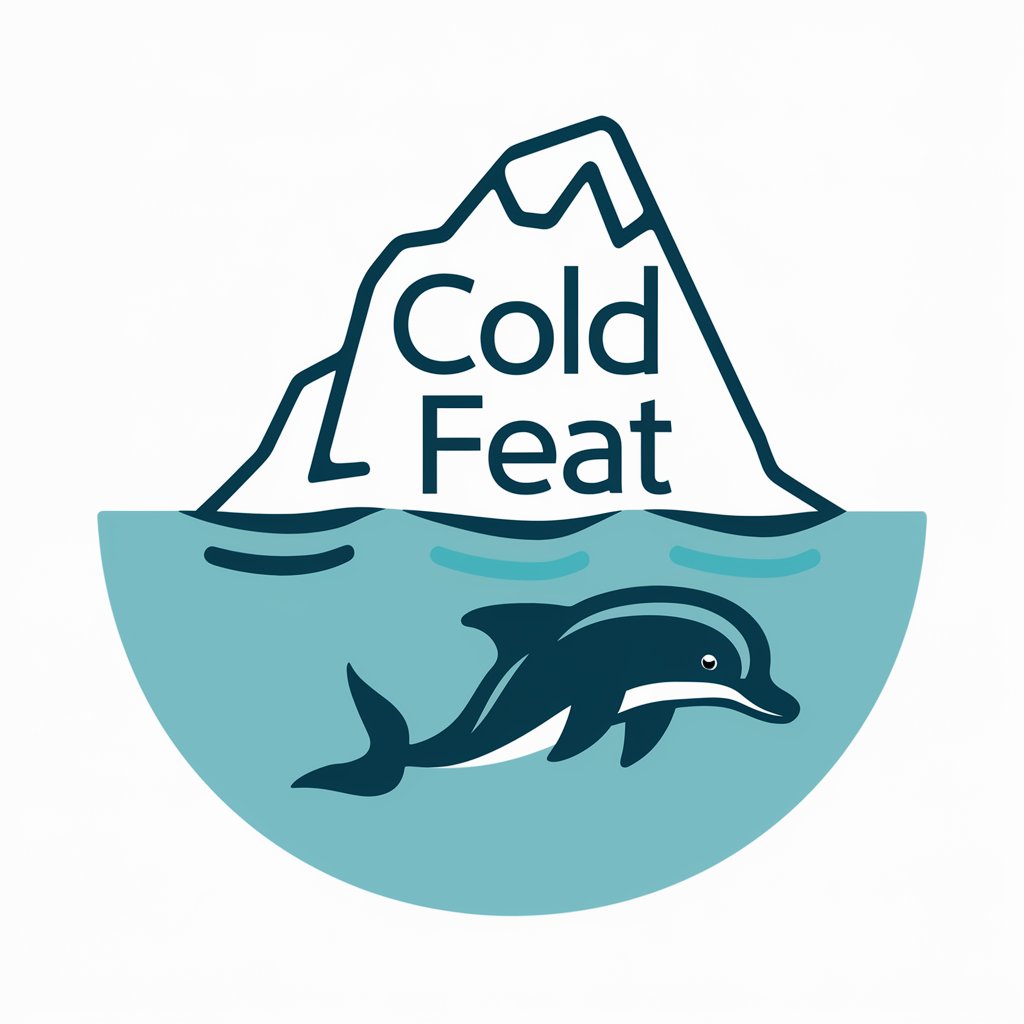
مدقق لغوي
Enhancing Text Clarity with AI
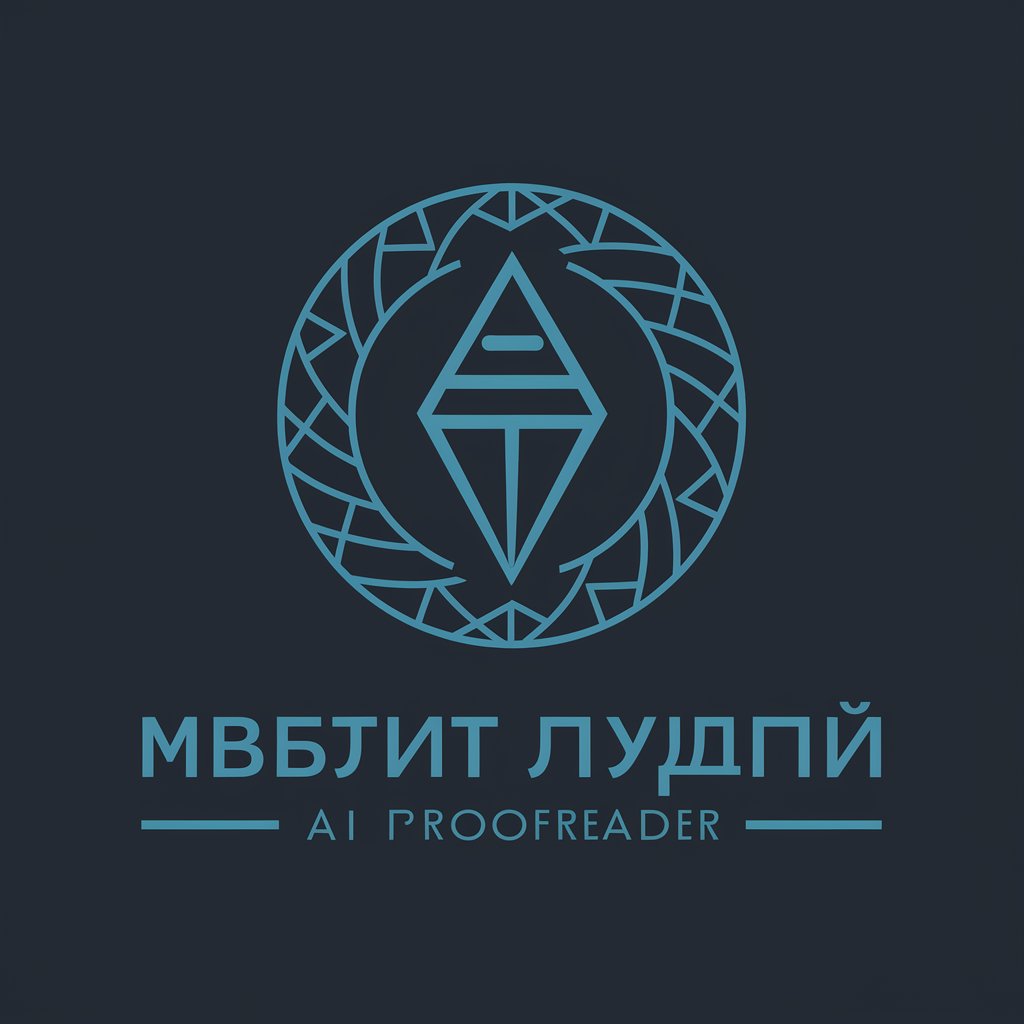
FAQs about Success Criteria Generator
What is the Success Criteria Generator?
The Success Criteria Generator is a tool designed to create differentiated success criteria for primary school lessons. It aligns with the IB curriculum and integrates aspects of the English National Curriculum, utilizing Bloom's Taxonomy to establish progressively challenging criteria.
How does the Success Criteria Generator integrate Bloom's Taxonomy?
It categorizes success criteria into Bronze, Silver, Gold, and Platinum levels, each corresponding to ascending cognitive complexity in Bloom's Taxonomy, from basic recall to creative application.
Can the Success Criteria Generator be used for any subject?
Yes, it's designed to support a wide range of subjects by allowing users to input specific learning objectives, grade levels, and subject matter for customized success criteria.
Is the Success Criteria Generator suitable for all grade levels?
While primarily focused on primary education, the tool's flexibility in setting specific learning objectives and tailoring criteria complexity makes it adaptable for various educational stages, depending on the user's input.
How can teachers best utilize the generated success criteria in the classroom?
Teachers can use the criteria to set clear expectations, guide lesson planning, assess student progress, and provide targeted feedback. They're also ideal for facilitating differentiated instruction and fostering self-assessment among students.
